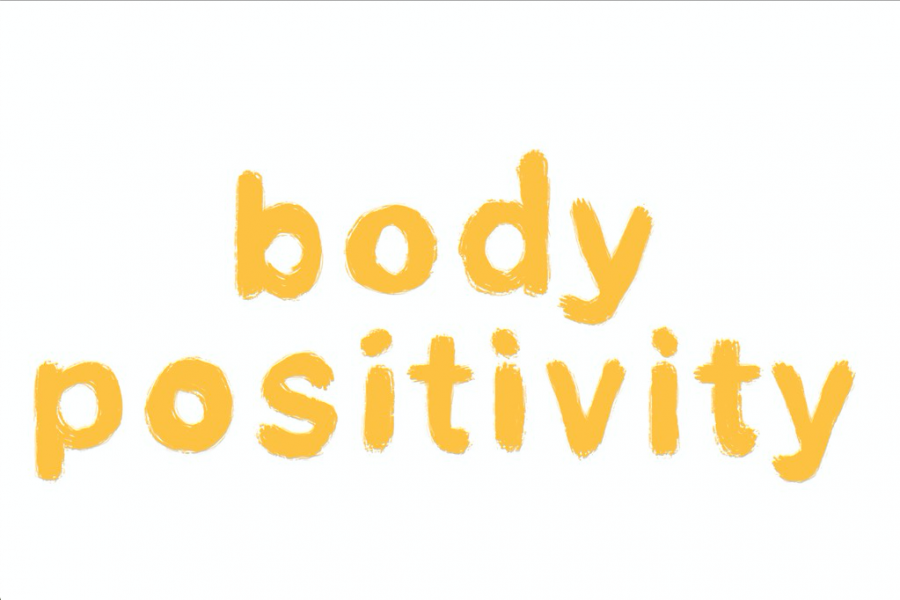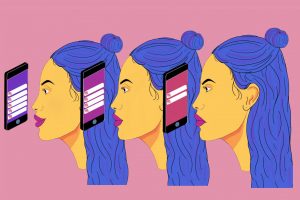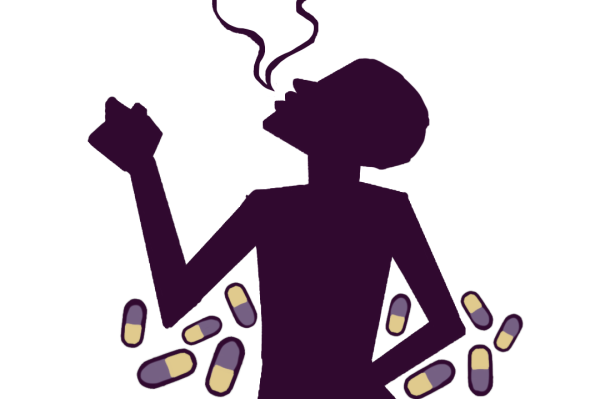In-depth: Positively beautiful
There has been a recent movement supporting body positivity on many social media platforms.
Kris, Kourtney, Kim, Khloé, Kendall, Kylie. The Kardashians.
Hannah Moore, junior, used to follow all the members of this well-known family of social media influencers. One day, she decided the ideal body she saw in these influencers’ photos of themselves was impossible and unfollowed all of their accounts.
Recently, a body positivity movement began among content creators to embrace everyone, regardless of whether or not society views their body as pretty. This movement is prevalent on TikTok, along with other social media platforms such as Instagram and Snapchat. Moore and Everette Saylor, junior, mentioned creators like Sienna Mae on TikTok and Liza Koshy on YouTube as notable body positivity advocates.
‘Grind Time’ is the name of Moore’s Snapchat story where she posts workouts, meals and positive messages. She is a strong advocate for body positivity. She said posting gives her motivation because she feels she can help others feel better about themselves.
“When I think of body positivity, I think of somebody doing positive things to take care of themself and accepting who [they] are because we’re all built differently,” Moore said. “It’s important to take care of yourself and accept who you are in your natural form.”
Lucy Schene, junior, said her middle school experience was tied to being uncomfortable with her body. She has noticed it has become more of a norm to spread body positivity. She tries to do what she can to encourage others.
“I personally have gone through times in my life where I haven’t been confident in my body at all,” Schene said. “I know how important it is, especially for girls, in this day and age to feel loved and confident in their body.”
Gina Woodard, KHS health teacher, said she knows how hard it is for high school students to think positively about their bodies. She said even as an adult, she still thinks about herself in comparison with others. On virtual Fridays, she runs in Forest Park with two other women and has to remind herself not to compare herself to them.
“Both of the women I run with, they’re thinner than me,” Woodard said. “We have different body types. But I have to remember, I just ran six miles. My body allows me to do what I want it to do and that is awesome.”
Moore said she has seen advertisements on social media promoting the ideal American body of an hourglass waist, thin stomach and curves. She said there is also an increasing theme of positivity surrounding different body types. Saylor has also seen this increase in positivity and said that when she sees someone post about loving others, it makes her feel better about herself.
“When people see others being positive about themselves, it gives them confidence,” Saylor said. “When I see someone post something and they’re so happy and being themself, it makes me want to do the same thing.”
While Saylor is vocal on her Instagram about body positivity, Schene tries to give confidence and support to others through compliments. She believes receiving compliments can have a positive impact on people.
“[It’s important to] make sure people feel confident and secure and know that it’s okay to not have the same body as a model or as the person you sit next to in chemistry,” Schene said. “Everybody’s different. Just knowing that your body is beautiful and it’s your own goes a long way.”
Woodard often jokes that she woke up at forty and decided to not care what others think. She recognizes that this can be a hard thing for some to do and the process of fully accepting your body can be a long one.
“It’s so freeing to not care about comparing yourself anymore,” Woodard said. “I wish for every high school kid that you could just say I’m good enough, just as I am. We have this idea of what we should look like, but we’re supposed to look like what we look like.”
Schene does not have TikTok, but she said that many of her friends see body positivity on that platform, with more creators being vocal about supporting others. According to Saylor, this increase in online support for body positivity is beneficial for people to see because it can help them feel better about their body.
“It’s important to see other people who don’t necessarily look like you loving themselves and supporting everyone else,” Saylor said. “That’s what the [social media] community should be: everyone giving confidence to everyone else to love yourself along with others.”
According to a study done by the Florida House Experience Health, 88% of women and 65% of men compare their body to what they see on social media. What a person sees on social media impacts how they view themselves, something that Moore said she feels strongly about.
“Your mind and your body work so closely together and people take that for granted,” Moore said. “What you see on social media affects your body and affects the way that you see your body. To have a positive outlook and a positive platform is encouraging for everyone.”
With creators on social media platforms becoming more vocal about body positivity, the movement has become more present. Woodard said social media can be in your face, but it serves as a reminder for positive things as well. She believes teens have begun to do something positive that she did not see as a high school student.
“For all the negativity that social media has, it’s been neat to see somebody with rolls and curves saying this is what I look like and I’m going to wear my sports bra and leggings,” Woodard said. “I think that is awesome. Your generation is going to get this. You’re going to be better.”
Your donation will support the student journalists of Kirkwood High School. Your contribution will allow us to purchase equipment and cover our annual website hosting costs.
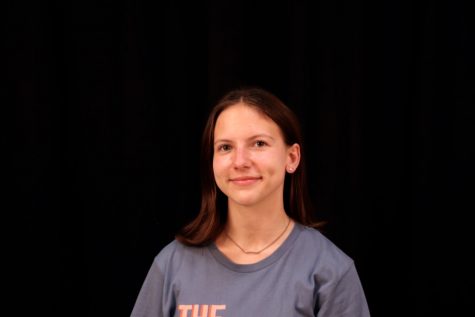
she/her
Hobbies and Interests: Reading, writing, track, music
Favorite Song: "Jackie and Wilson" by Hozier (currently)
Favorite Quote: "Since...
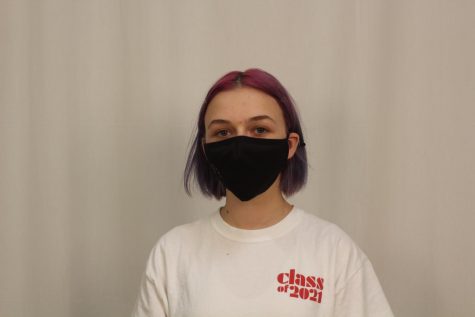
she/her
Favorite musical artist: The 1975
Favorite quote: “Don't bother just to be better than your contemporaries or predecessors. Try to be better...



